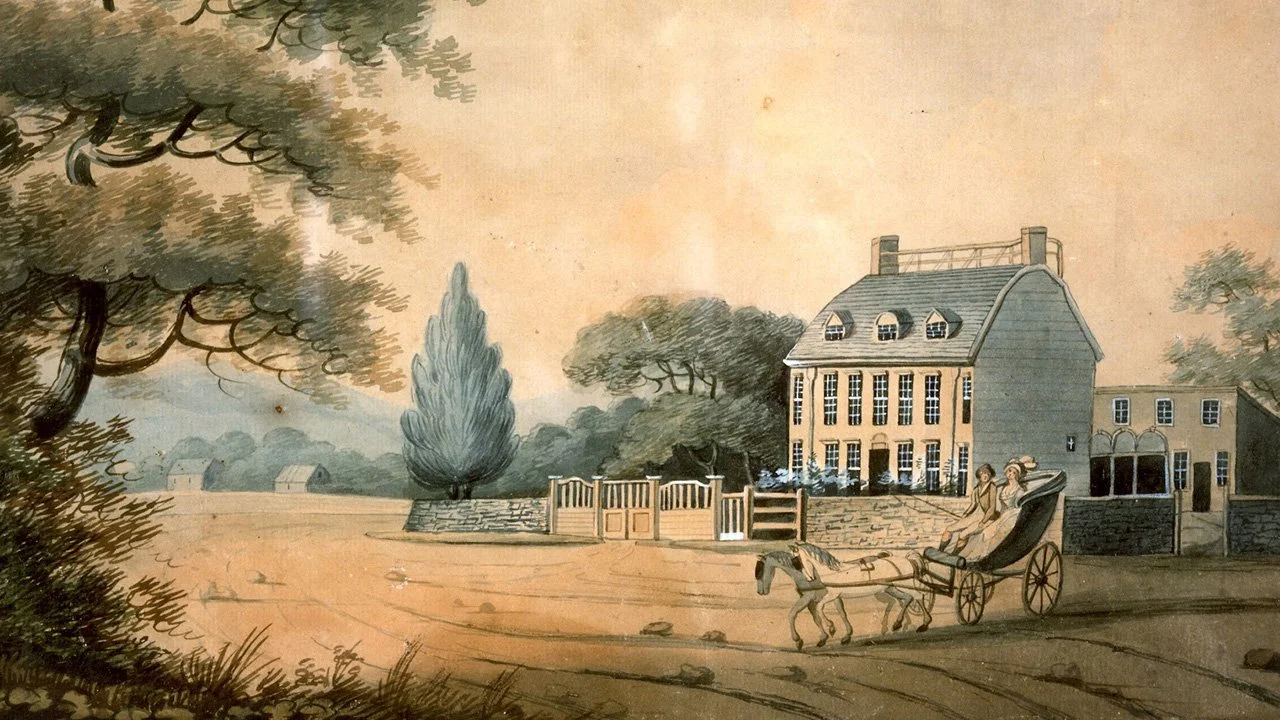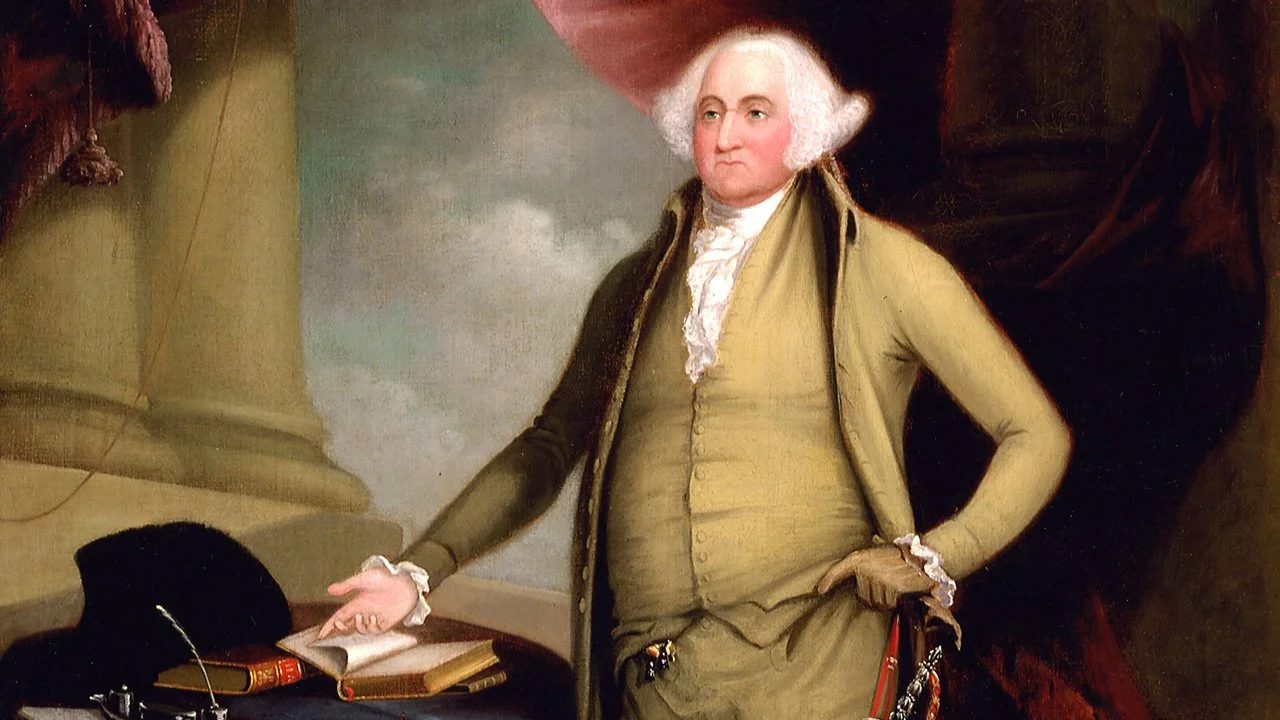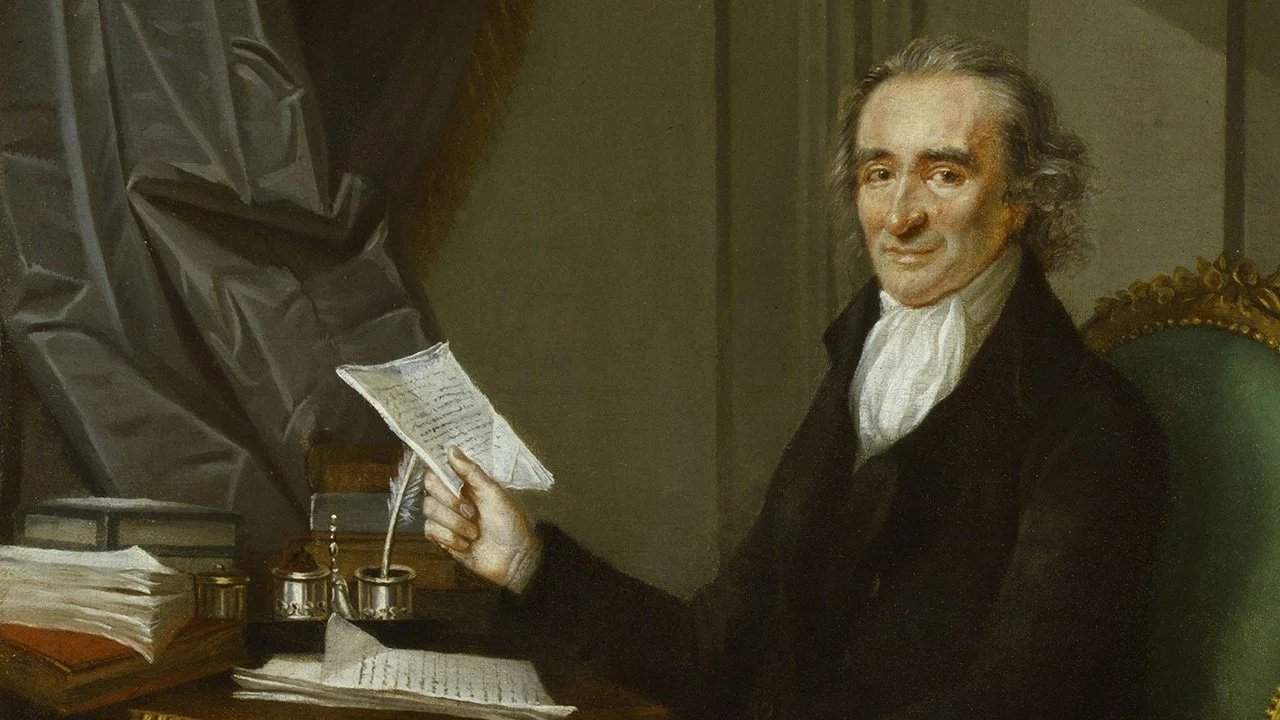The Inspiring Legacy of John Adams
John Adams lost the Presidential election of 1800 to Thomas Jefferson after a bitter fight. Adams, a critical player in practically every major event of our nation’s formative years, retired to Quincy, Massachusetts, where he spent his time working his farm and staying out of politics.
The Presidency of John Adams
John Adams faced many difficulties during his presidency, including a vice president from an opposing party trying to undermine his administration and rising tensions with France.
John Adams and the Presidential Election of 1796
The election of 1796 was America’s first contested presidential election. With George Washington’s retirement, the electorate split into two camps. Under the original rules of the Constitution, the top vote getter, John Adams, a Federalist, was declared President and the second highest, Thomas Jefferson, a Democratic-Republican, was named Vice President.
John Adams, Our First Vice President
In the first Presidential election, the Electoral College met on February 4, 1789, and unanimously selected George Washington as President. The second highest vote getter was John Adams, thus becoming America’s first Vice President.
America’s “Era of Good Feelings” Comes to an End
From 1800-1824, the Democratic-Republicans dominated the American political landscape like no party has ever done, making America essentially a one-party country. This period of unity and dominance came to a crashing halt with the bitter Presidential election of 1824.
Flags of the American Revolution
During America’s war for independence, our forefathers fought under hundreds of flags designed and hand-made by local militia groups and colonial regiments.
Political Unity During Our Founding Era
From the First Continental Congress in 1774 until the election of 1824, America was more politically united than at any other time in our nation’s history. While there were differences of opinion, the Founders had a common goal of gaining our independence from England. Only after England was defeated and the new Constitution took effect did their unity begin to splinter.
The Newburgh Conspiracy, Part 3: George Washington Upholds Revolutionary Principles
The Newburgh Conspiracy represents a time when our nation came closest to deviating from our core revolutionary principles of representative government with civilian control of the military. Only George Washington’s steady and unselfish leadership on March 15, 1783, when he calmed the discontent of Continental Army soldiers, prevented this devastating event from happening.
The Newburgh Conspiracy, Part 2: George Washington Averts Mutiny
On March 11, 1783, soldiers were supposed to meet after an anonymous letter circulated through the Continental Army’s encampment at Newburgh encouraging them to take action against Congress and their unfulfilled promises of a pension for the men.
John Adams Negotiates Peace with England
In 1788, after serving as ambassador to England, John Adams sailed for home. For the previous ten years, this devoted patriot had been away from America for all but a few months. His tireless work with the Netherlands secured desperately needed funding for our revolution and the generous terms he obtained in the Treaty of Paris gave our young nation a chance at success.
The Newburgh Conspiracy, Part 1: Widespread Unrest at Newburgh Encampment
On March 10, 1783, an anonymous letter circulated through the Continental Army’s encampment at Newburgh encouraging the soldiers take action against Congress, who had begun to waffle on their promise of a lifetime pension of half-pay upon discharge from the service.
Tenth Amendment Guarantees Federalist System of Government
The Tenth Amendment guarantees us a government which divides power between a distant central authority and legislatures closer to home and more in tune with local needs.
John Adams, A Diplomat in Europe
John Adams retired from Congress in November 1777 but was soon appointed as a commissioner to France, marking the start of his diplomatic career. After two years in France, Adams, on his own initiative, set off for Amsterdam, the capital of the Netherlands, to secure recognition of American independence and obtain a desperately needed loan for the United States.
Beyond the Bill of Rights – Ninth Amendment Protections
The Ninth Amendment, crafted by James Madison, reserves for the people all rights not expressly granted to the government. Tom Hand, creator and publisher of Americana Corner, explores how this visionary amendment addressed the concern that the new Bill of Rights might be construed as a complete list, and why it still matters today.
Thomas Paine’s Common Sense Inspires a Nation
To fully appreciate the novelty of Thomas Paine’s Common Sense, one must consider that all colonists had ever known was a dependency on England and a government run by the King. Now this 47-page pamphlet challenged them to consider separating from that powerful nation and replacing the King with something called a democracy.
The Eighth Amendment and Protecting the Criminally Accused
Our Forefathers knew that a person accused or convicted of a crime within the bounds of our judicial system would be relatively powerless without certain protections. To prevent harsh and arbitrary treatment by the government, the Founders created the Eighth Amendment.
Thomas Paine, An American Revolutionary
The two most influential books of the Revolutionary era were written by Thomas Paine, an immigrant from England. Common Sense and The American Crisis shaped the American mindset like nothing else.
Fair Trials Guaranteed By the Seventh Amendment
Our founding fathers had experienced a country in which the monarchy had been both the judge and the jury. This one-sided system was terribly unfair. In response, they created the Seventh Amendment to ensure the people, not the government, decide if someone is innocent or guilty.























